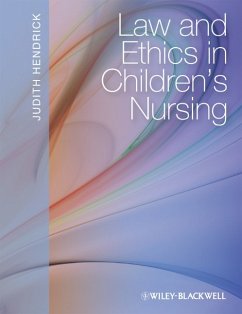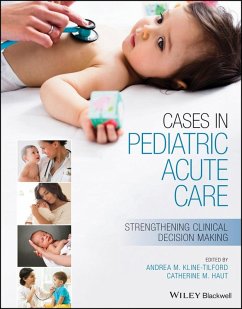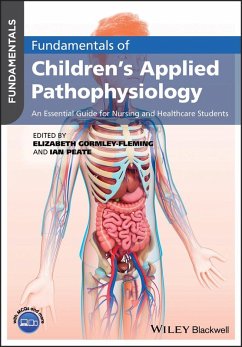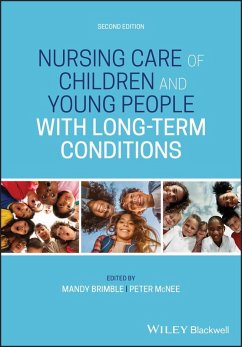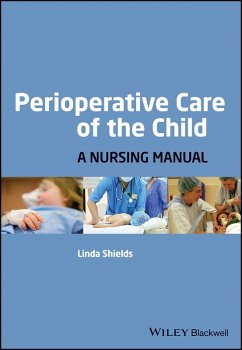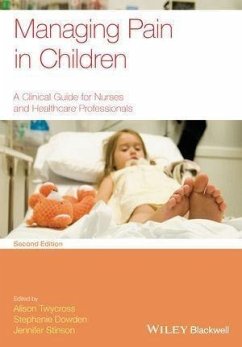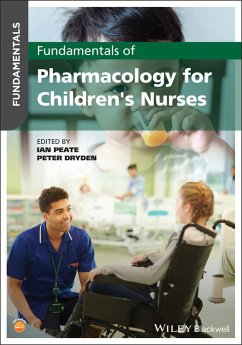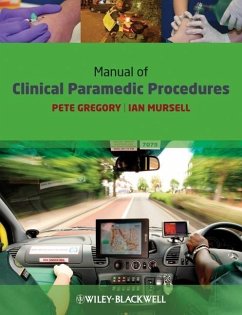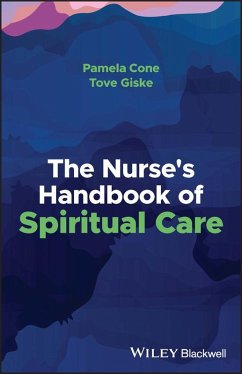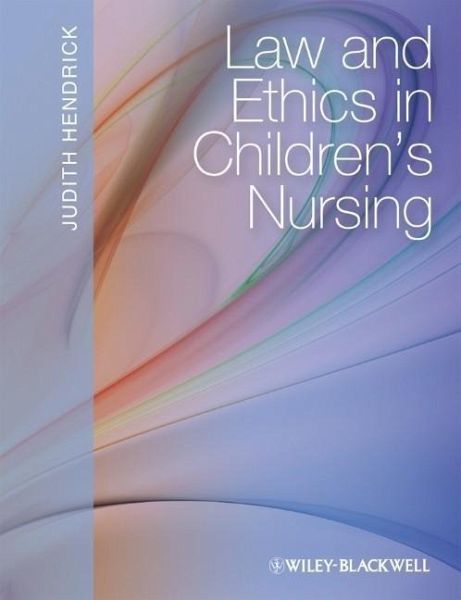
Law and Ethics in Children's Nursing (eBook, PDF)
Versandkostenfrei!
Sofort per Download lieferbar
43,99 €
inkl. MwSt.
Weitere Ausgaben:

PAYBACK Punkte
0 °P sammeln!
Law and Ethics in Children's Nursing is an important and practical guide on the legal and ethical spects of child healthcare that enables nurses to understand the legal and ethical principles that underpin everyday nursing practice. It explores the concept of childhood and children's rights, the extent to which their rights are upheld in a variety of settings, and the relationship between law and ethics and how they interact in resolving problems and dilemmas that commonly arise in practice. With case studies, learning outcomes and scenarios throughout, Law and Ethics in Children's Nursing pla...
Law and Ethics in Children's Nursing is an important and practical guide on the legal and ethical spects of child healthcare that enables nurses to understand the legal and ethical principles that underpin everyday nursing practice. It explores the concept of childhood and children's rights, the extent to which their rights are upheld in a variety of settings, and the relationship between law and ethics and how they interact in resolving problems and dilemmas that commonly arise in practice. With case studies, learning outcomes and scenarios throughout, Law and Ethics in Children's Nursing places the care and treatment of children in a legal and ethical framework, and explores the way in which legal and ethical aspects of children's nursing differ from those of adults. It explores general principles such as autonomy and consent, confidentiality, accountability and negligence. It then goes on to look at specialist areas such as abortion, sterilisation, research, mental health, organ donation, child protection and death.
Dieser Download kann aus rechtlichen Gründen nur mit Rechnungsadresse in A, B, BG, CY, CZ, D, DK, EW, E, FIN, F, GR, HR, H, IRL, I, LT, L, LR, M, NL, PL, P, R, S, SLO, SK ausgeliefert werden.



